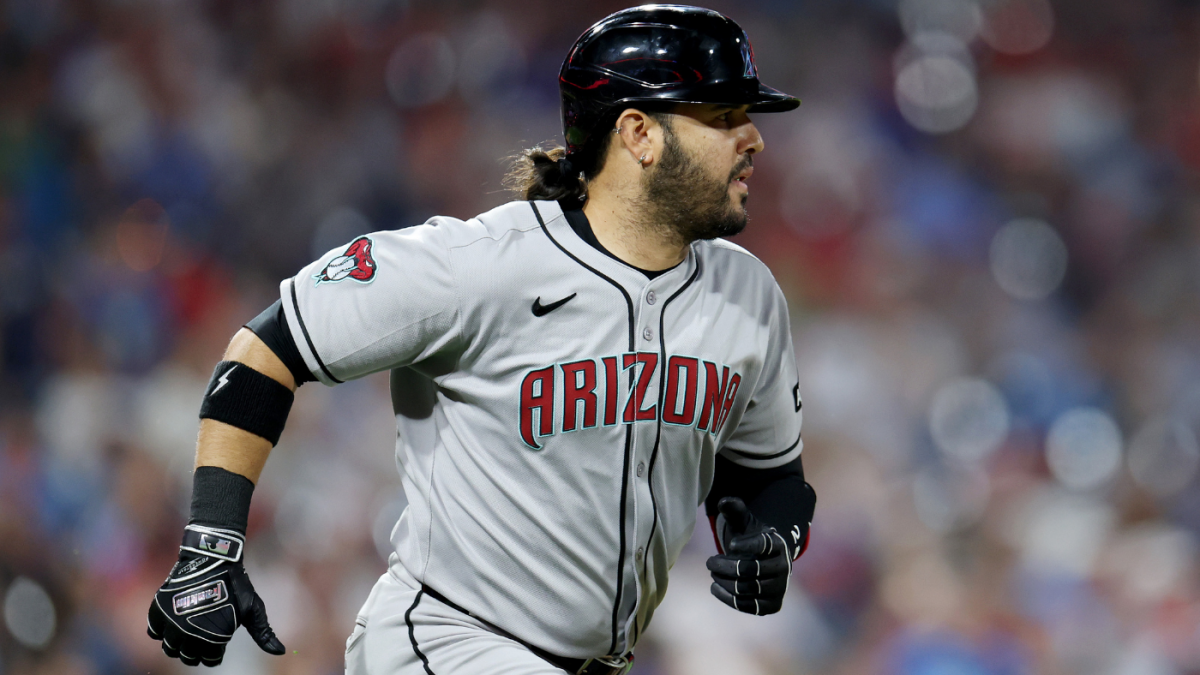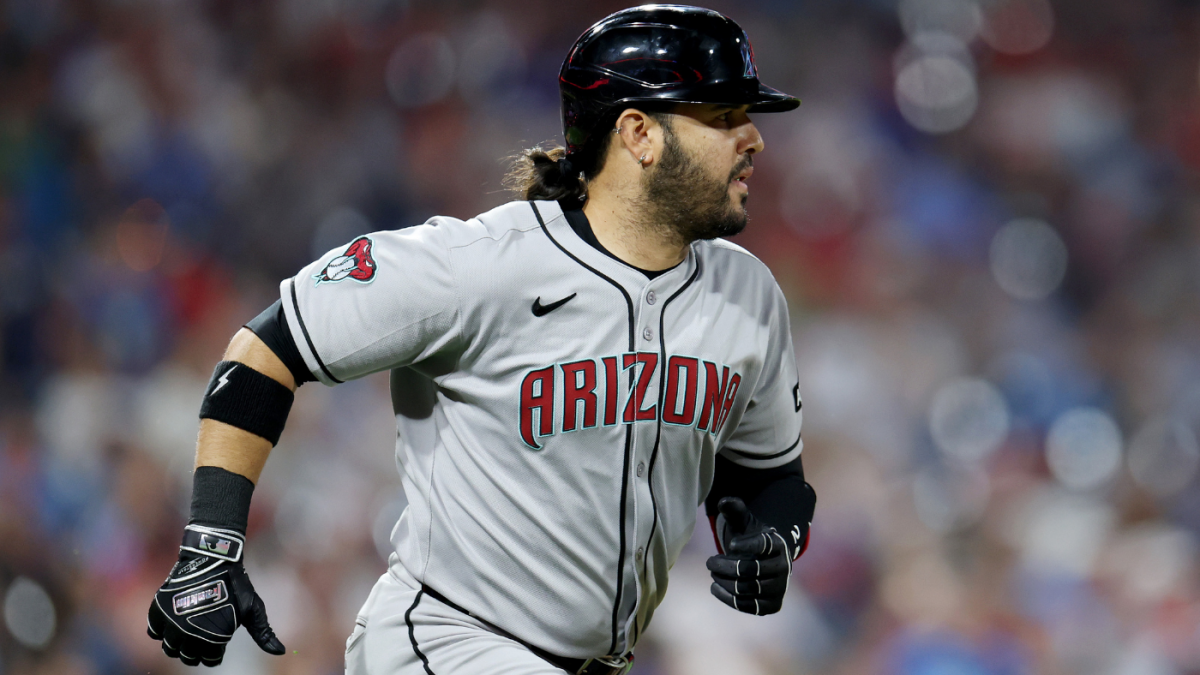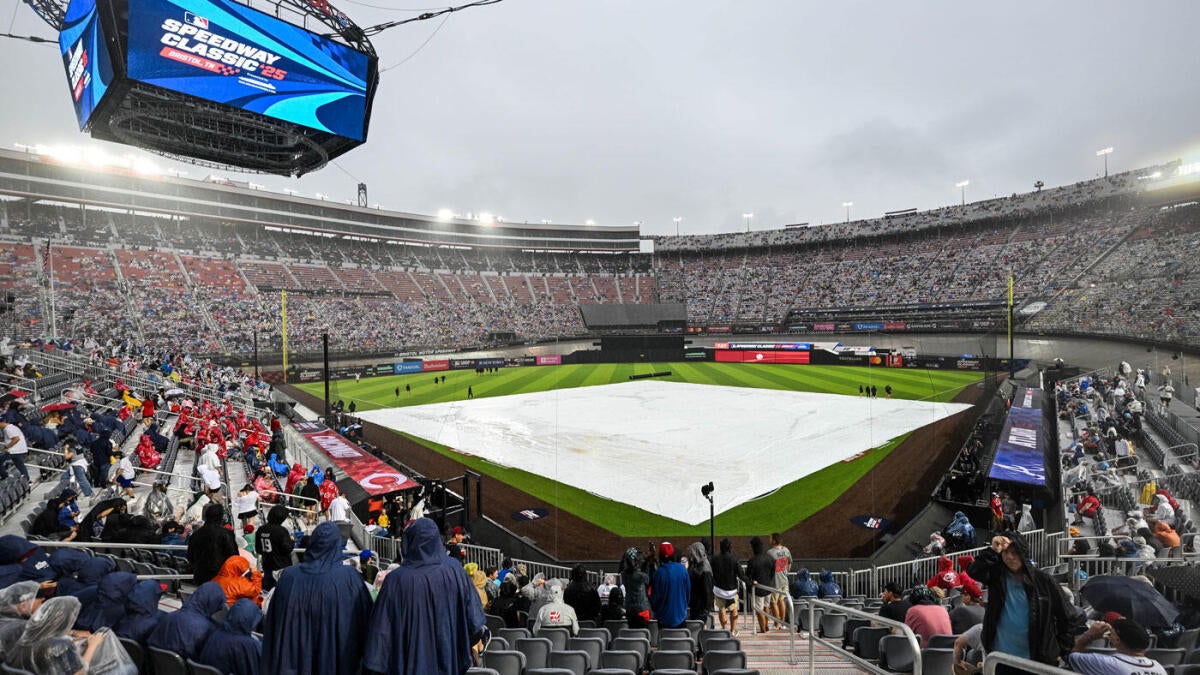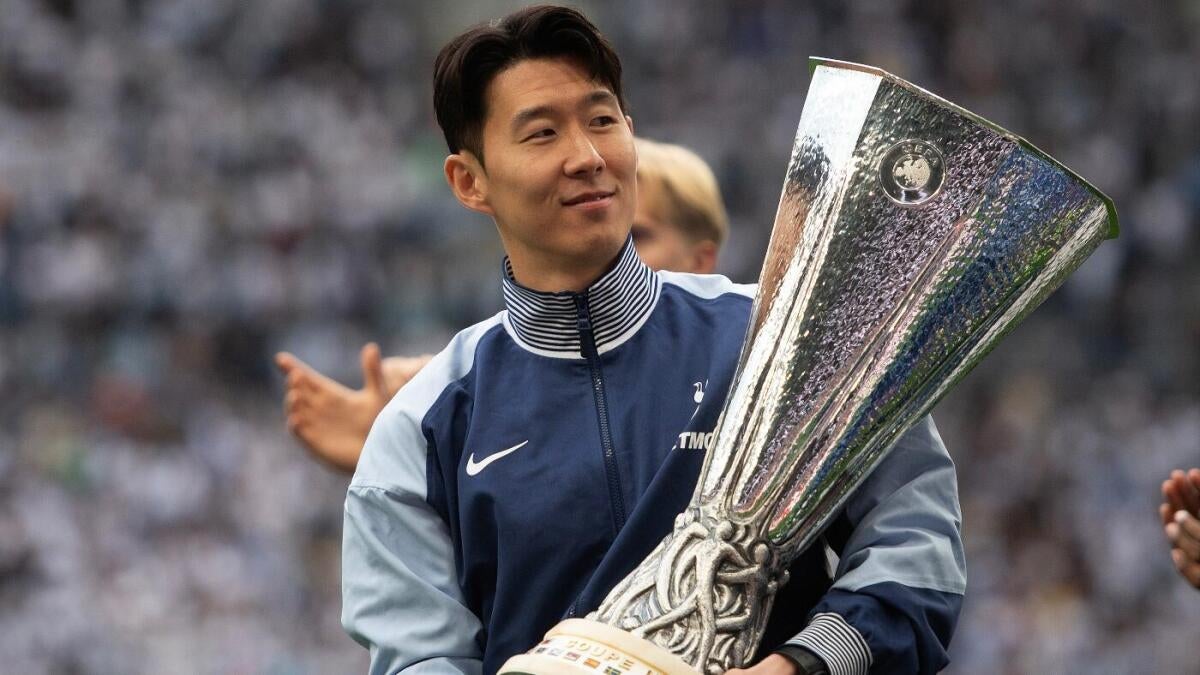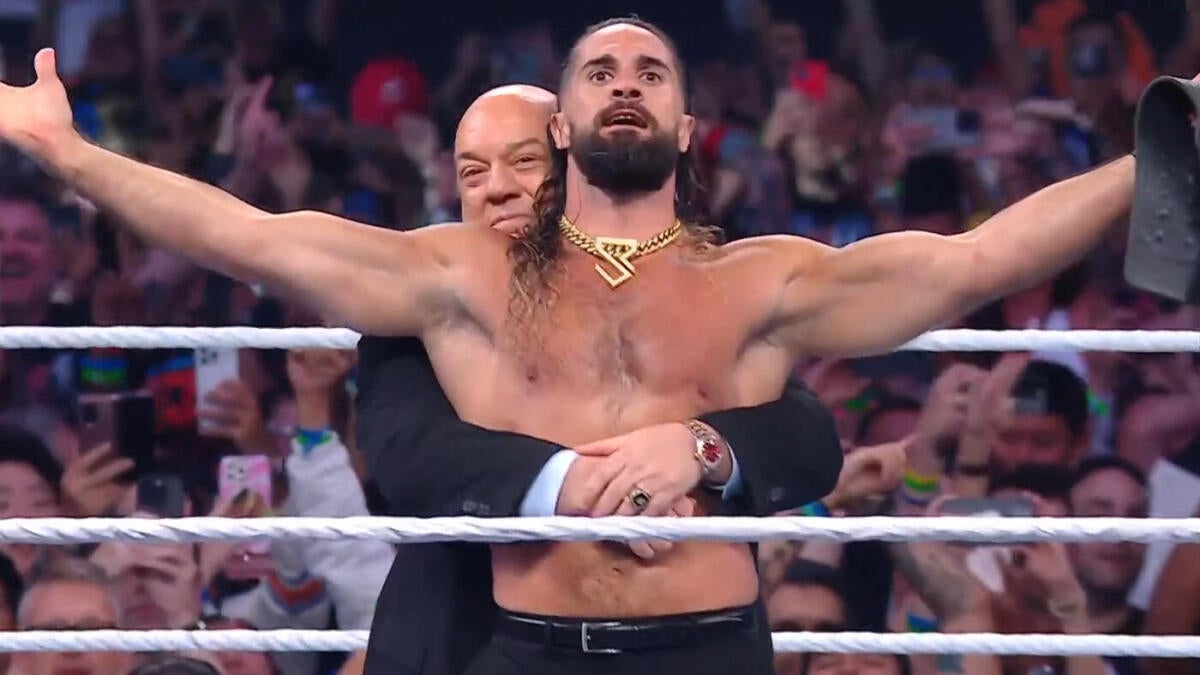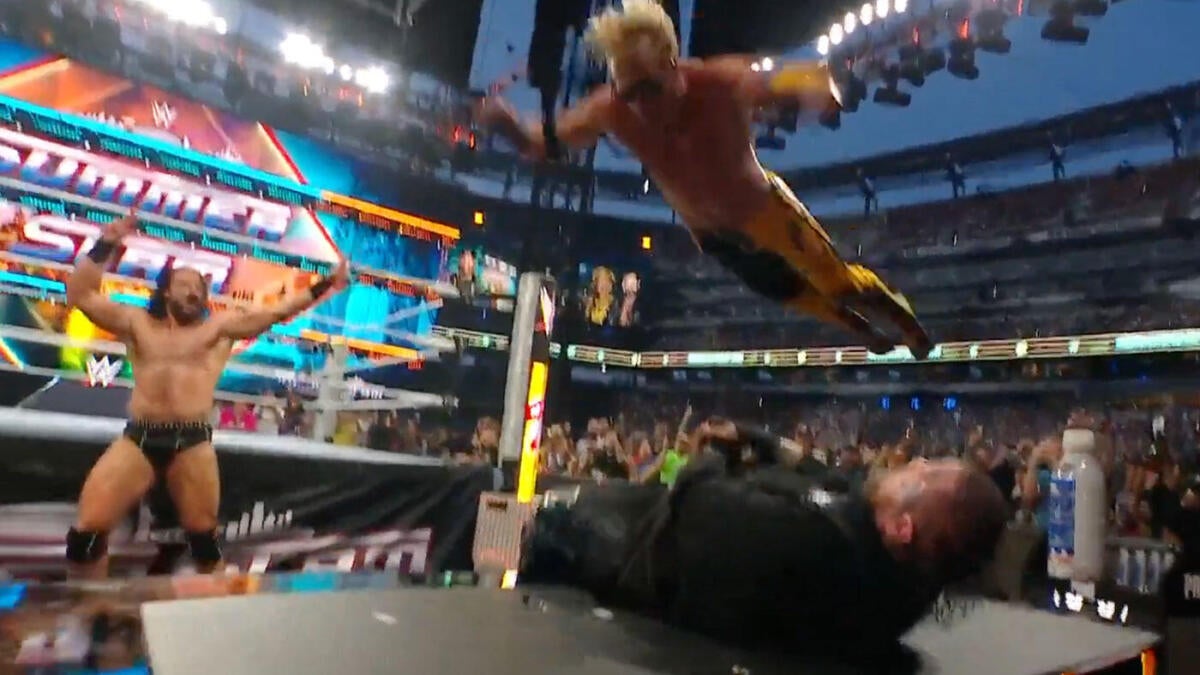Eugenio Suárez’s Injury Scare: A Critical Analysis of Its Impact on the Diamondbacks and MLB
A Moment That Stopped the Game
Baseball is a game of inches, where split-second decisions and unpredictable moments can alter the course of a season. For the Arizona Diamondbacks, one such moment occurred when Eugenio Suárez, their star third baseman, was struck by a 95.6 mph fastball. The impact sent shockwaves through the organization, not just because of the immediate pain Suárez endured, but because of the potential long-term consequences. The incident, which happened during a high-stakes game against the Detroit Tigers, was a stark reminder of the fragility of professional athletes and the delicate balance between performance and injury.
The Immediate Aftermath: A Team on Edge
When Suárez was hit, the reaction was immediate and visceral. He dropped to his knees, clutching his hand—a gesture that spoke volumes about the severity of the impact. The Diamondbacks’ dugout, along with fans and analysts, held their breath as medical staff rushed to his aid. The concern wasn’t just about Suárez’s well-being, but also about the team’s immediate future. With the MLB trade deadline looming, Suárez was a key piece in potential negotiations. A serious injury could have derailed not only his career trajectory but also the Diamondbacks’ strategic plans.
The Trade Market’s Nervous Pause
The timing of the injury was particularly sensitive. As the trade deadline approached, Suárez was one of the most sought-after players in the market. His defensive prowess and offensive contributions made him a valuable asset, and teams were eager to acquire him. However, the injury introduced a new variable into the equation. A fractured hand or other structural damage could have significantly reduced his trade value, forcing the Diamondbacks to either lower their asking price or keep him for the remainder of the season. The uncertainty created a nervous pause in the trade market, with teams waiting to see the extent of Suárez’s injury before making any moves.
The Relief: X-Rays Reveal No Structural Damage
Fortunately, the initial fears were alleviated when X-rays came back negative. There were no fractures, no broken bones—just the pain and swelling that come with a high-velocity impact. The Diamondbacks and Suárez himself breathed a collective sigh of relief. However, the absence of structural damage didn’t mean the injury was insignificant. Bruising, soft tissue damage, and lingering pain could still affect Suárez’s performance, making it crucial for the team to monitor his recovery closely.
The Road to Recovery: A Delicate Balance
The Diamondbacks’ approach to Suárez’s recovery was a delicate balancing act. On one hand, they wanted to get him back on the field as soon as possible to maintain their competitive edge. On the other hand, they couldn’t risk aggravating the injury, which could lead to more serious complications. Suárez was immediately pulled from the Home Run Derby, a decision that underscored the team’s commitment to his long-term health over short-term gains. The medical staff likely implemented a rehabilitation program focused on reducing inflammation, restoring range of motion, and gradually reintroducing baseball-specific activities.
The Psychological Impact: Overcoming the Fear
Beyond the physical recovery, there was also the psychological aspect to consider. Being hit by a 95.6 mph fastball is a jarring experience, one that could leave a player hesitant to step back into the batter’s box. Suárez would have to overcome any lingering fear or apprehension, regaining the confidence that made him such a formidable hitter. The Diamondbacks’ coaching staff would have worked with him to address any mental blocks, ensuring he was fully prepared to return to his previous level of performance.
The Broader Implications: Trade Value and Future Performance
Even with negative X-rays, the injury could have subtle but significant implications for Suárez’s trade value. While the absence of a serious injury was reassuring, potential suitors might have become more cautious, factoring in the risk of lingering effects from the hit-by-pitch. However, Suárez’s quick recovery and strong performance in the games following the incident would have been crucial in reassuring potential buyers that he was fully recovered and ready to contribute. His ability to shake off the incident and return to form would have been a key factor in any trade negotiations.
A Recurring Theme: Shane Smith’s Control Issues
Interestingly, this wasn’t the first time Suárez had been hit by a pitch from Shane Smith. In June, Smith had also struck Suárez, causing him to miss time. This recurring pattern raised questions about whether these incidents were purely coincidental or indicative of a deeper issue with Smith’s control. Smith’s high number of hit-by-pitches—10 on the season—suggested a potential pattern of control problems. While accidental HBPs are a part of baseball, the repeated nature of these incidents with Smith might have prompted further scrutiny and discussion within the league.
Conclusion: A Lesson in Resilience and Vigilance
Eugenio Suárez’s injury scare was a stark reminder of the unpredictable nature of baseball. A single pitch can change the course of a season, affecting not just the player but the entire organization. The negative X-rays provided a reprieve, but the incident underscored the importance of ongoing monitoring and a cautious approach to recovery. For Suárez, the challenge was to overcome both the physical and psychological effects of the injury, proving that he was still the same dominant player he had always been. For the Diamondbacks, the incident was a lesson in resilience and vigilance, a reminder that even in the face of adversity, the show must go on. And for the MLB, it was a testament to the constant vigilance required to protect the health and well-being of the athletes who bring so much excitement to the game.







